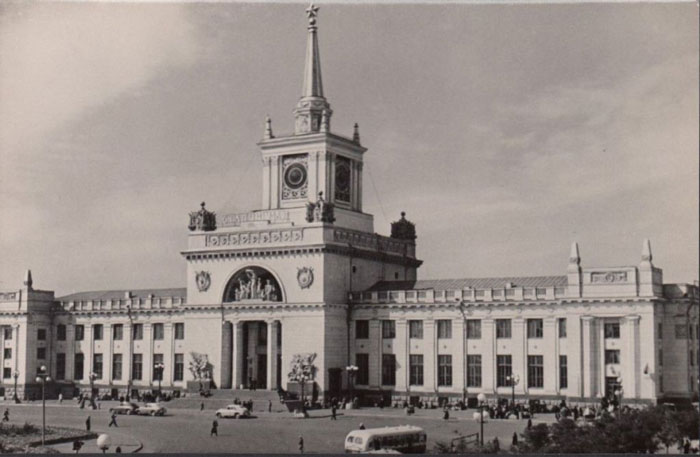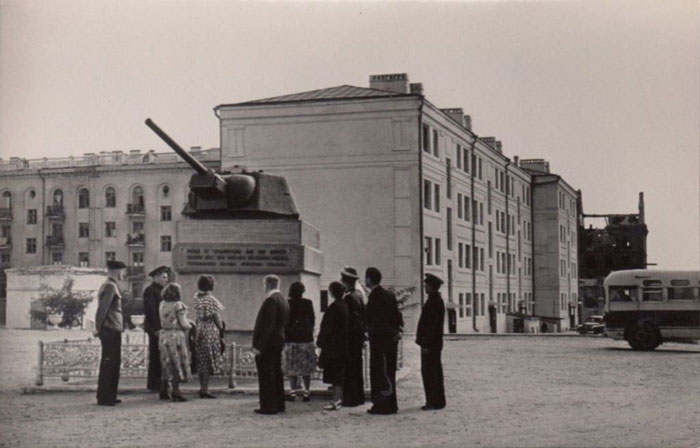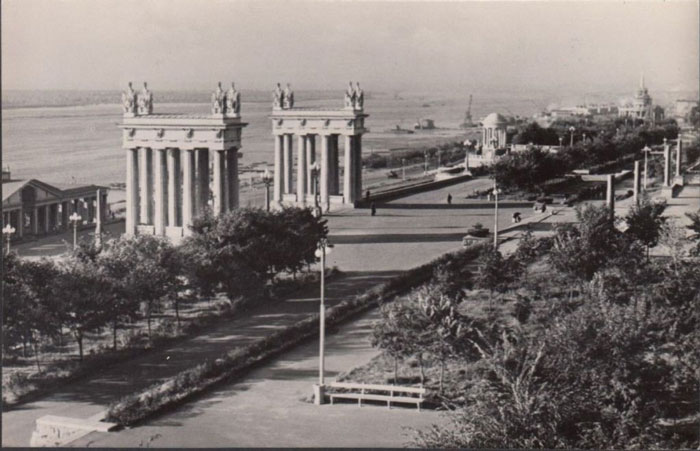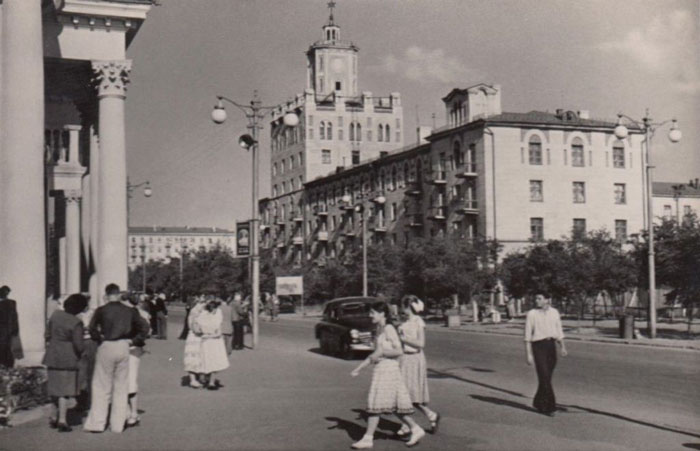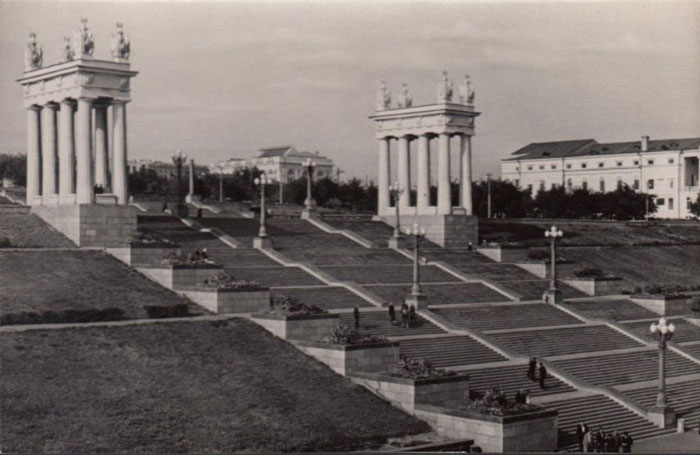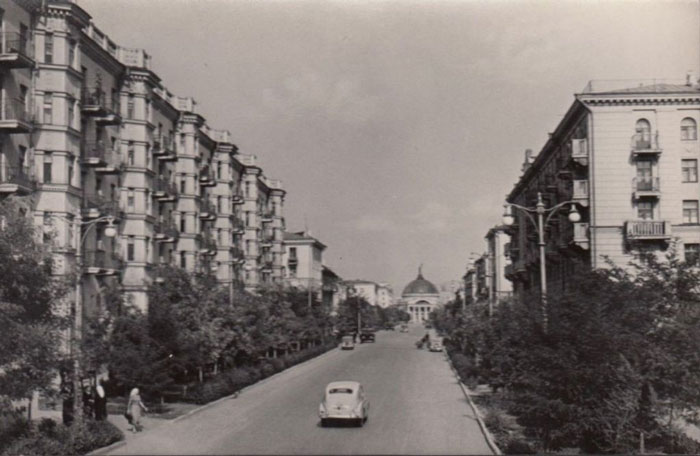The Battle of Stalingrad was one of the bloodiest battles in history. The city of Stalingrad was of vital strategic importance to both the Nazi Germans and the Soviet Armies. The city with Stalin’s name on it made it also an irresistible target for Hitler of having the prestige of capturing it.
The fighting was marked by constant close quarters combat and, at first, direct assaults by air raids. The battle is seen as the largest and bloodiest battle in the history of warfare, with combined military and civilian casualties of nearly 2 million.
The Russians called it to be the greatest battle of their Great Patriotic War. Many historians called it the greatest battle of the entire conflict. It stopped the Nazi German advance into the Soviet Union and marked the turning of the tide of war in favor of the Allies.
The Battle of Stalingrad ended in disaster for Nazi Germany when Soviet forces defeated about 265,000 personnel of the Wehrmacht, their Axis allies, and Hiwis. Of the 107,000 Axis servicemen captured, only 6,000 survived captivity and returned home by 1955.
Below are the photos of that horrific Battle of Stalingrad.
Barmaley Fountain in 1944 with the bombed out, burning ruins of the city of Stalingrad
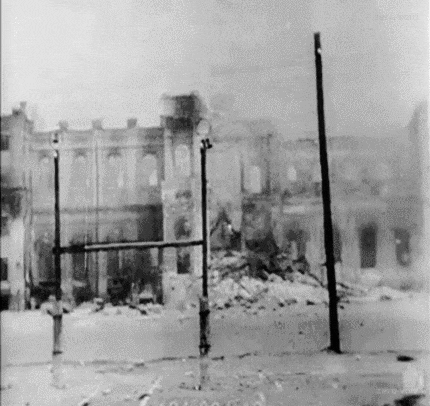
German 6th Army soldiers marching to Stalingrad, 1942
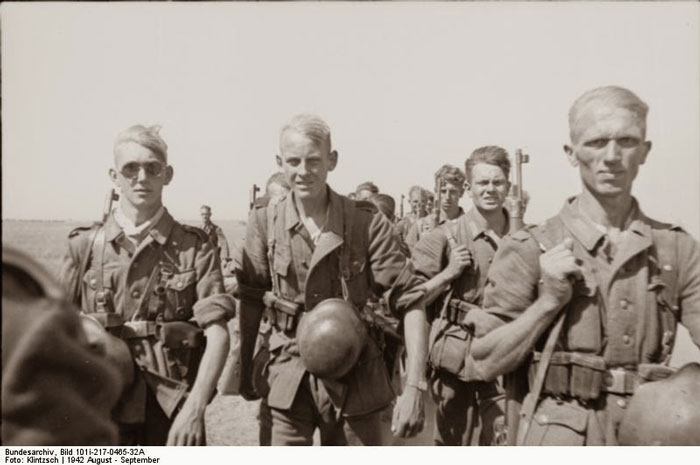
German soldiers in Spartanovka, in the outskirts of Stalingrad
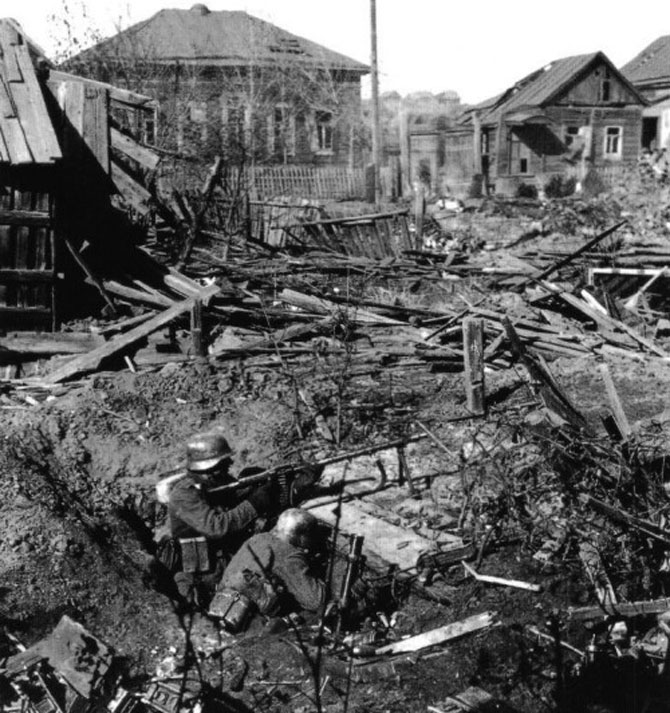
German soldiers in urban combat at the Battle of Stalingrad
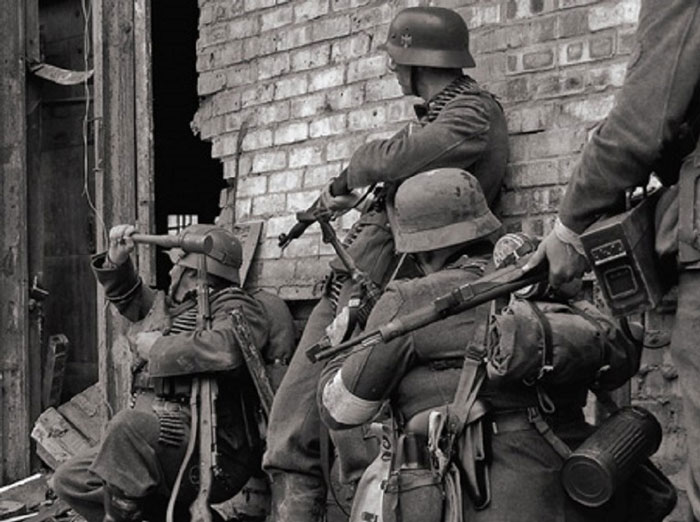
German squad seeks cover in preparation to advance, combat at the Red October Factory, Stalingrad, 1942
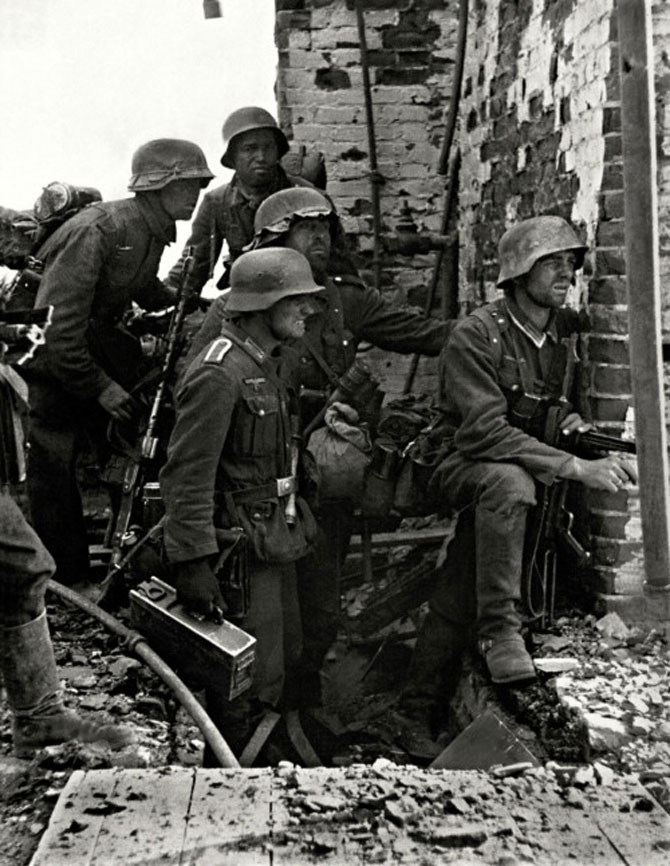
Red Army fighting position, Stalingrad 1942
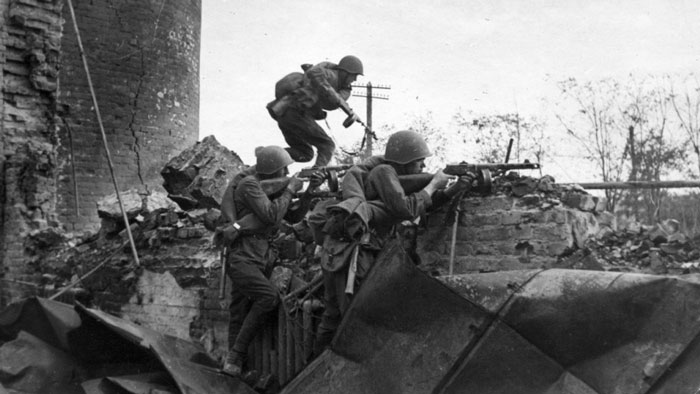
Soviet troops fighting in the ruins of the factory “Red October”, Stalingrad, Russia. Taken by Georgi Zelma Oct 1942
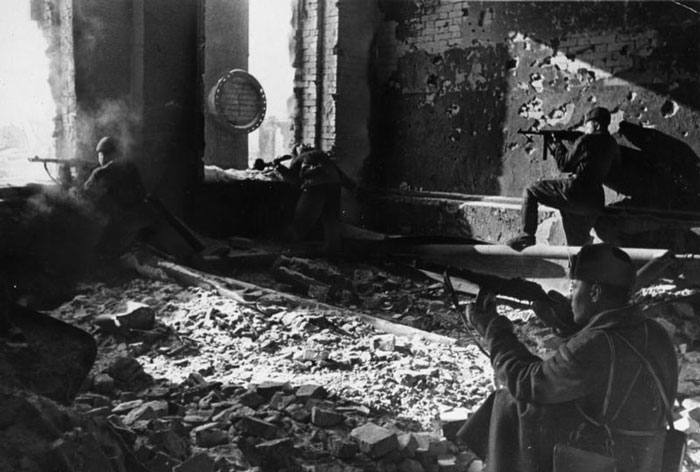
Soviet rockets being fired at German positions during the Battle of Stalingrad
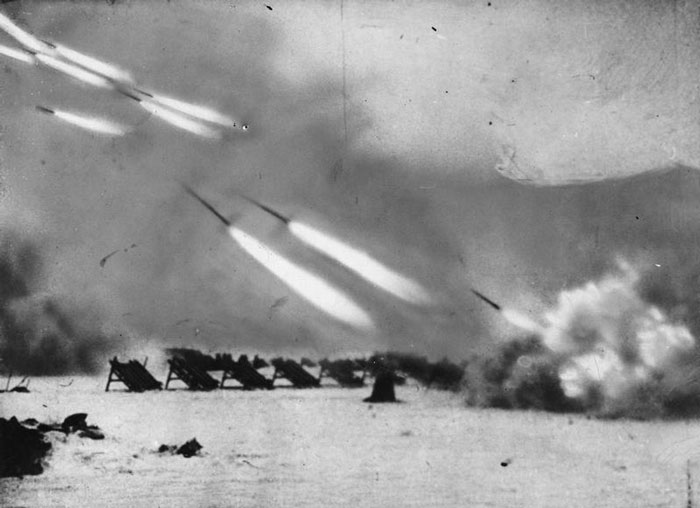
Stalingrad, 1943
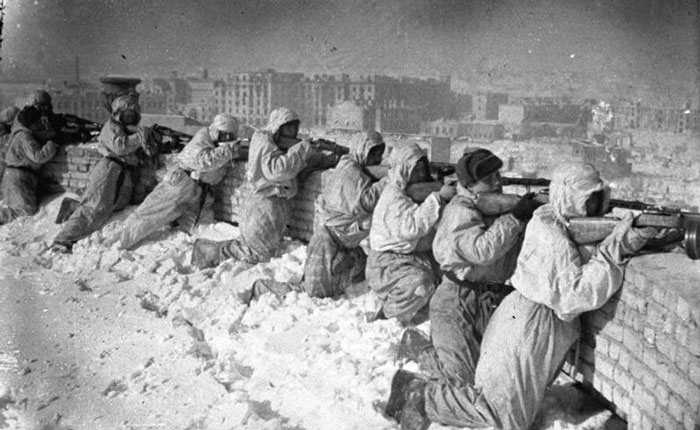
Stalingrad, USSR, An anti-aircraft gun position, November 1942
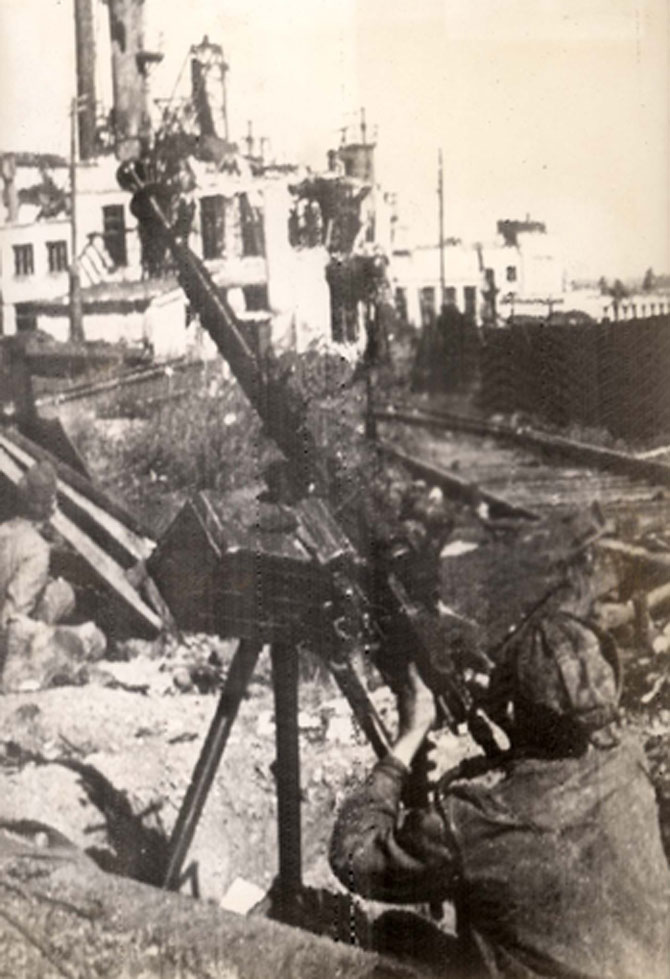
Stalingrad, USSR, Soviet soldiers battling in city streets, November 1942
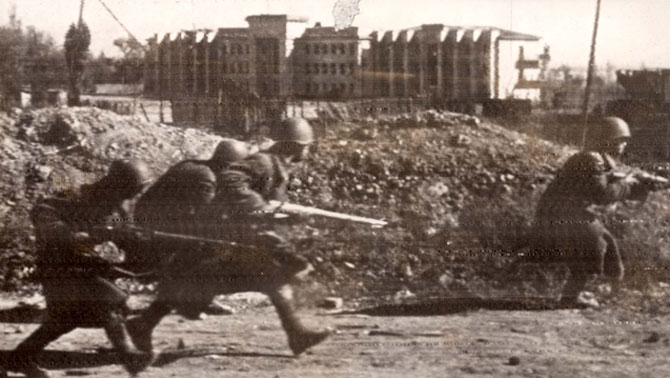
German soldier cleans his rifle in the break between battles at Stalingrad. USSR, Autumn 1942
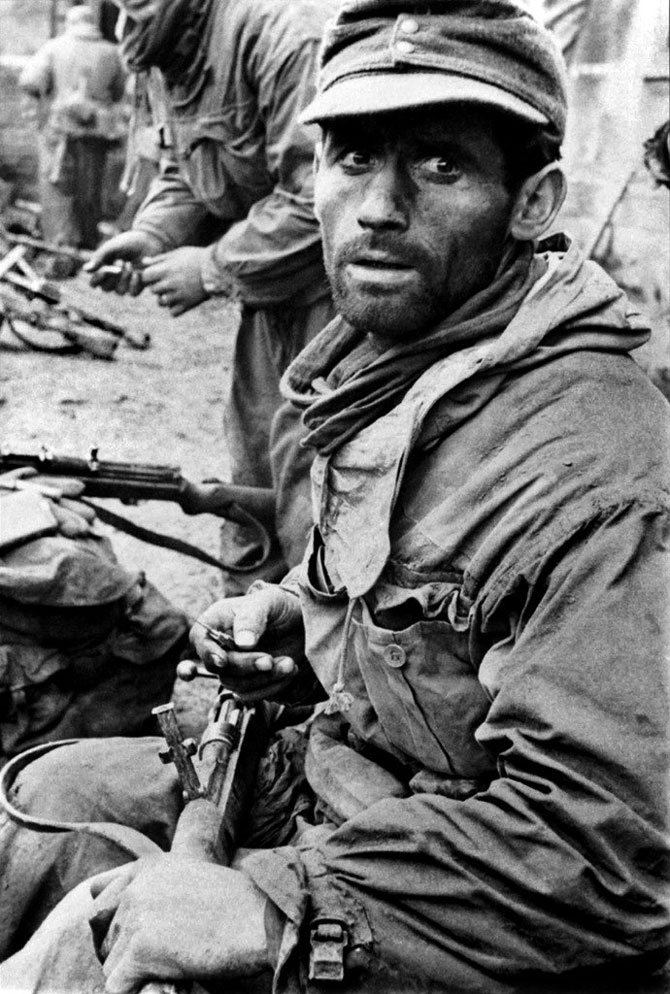
Two Soviet soldiers evacuate a wounded comrade from a factory building

Stalingrad, USSR, Battles in the city streets, November 1942
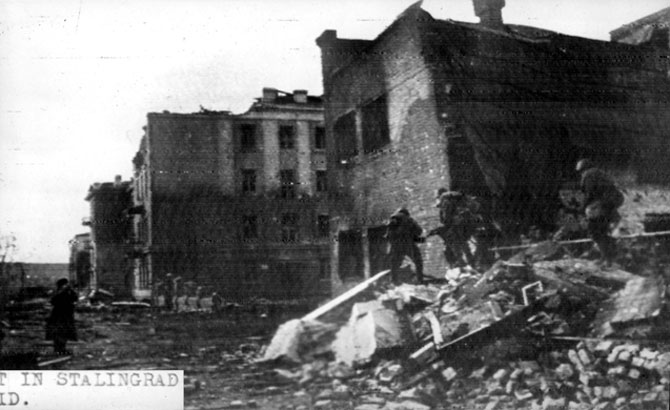
Stalingrad, autumn 1942
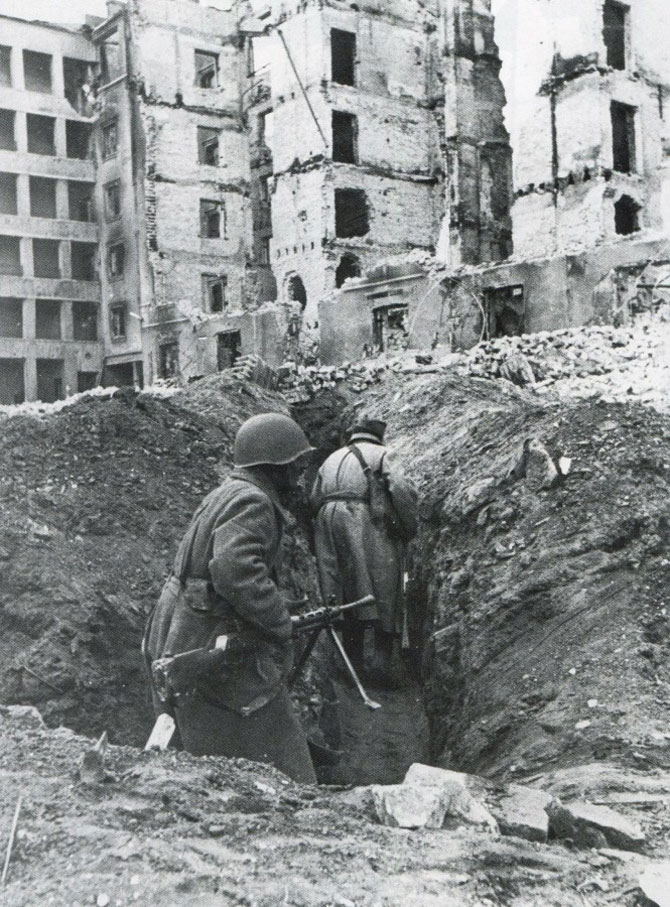
The Battle of Stalingrad, German Gen. Friedrich von Paulus, commander in chief of the German 6th Army at Stalingrad
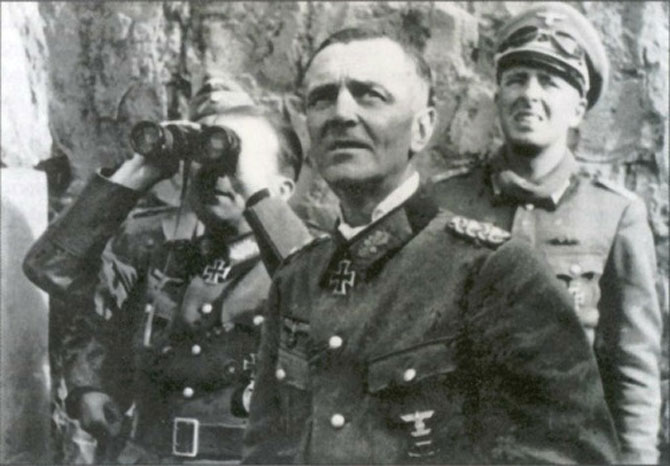
Commanding General Vasily Chuikov, known as “The Man of Iron Will” or “The Stone”, Soviet commander during the Battle of Stalingrad
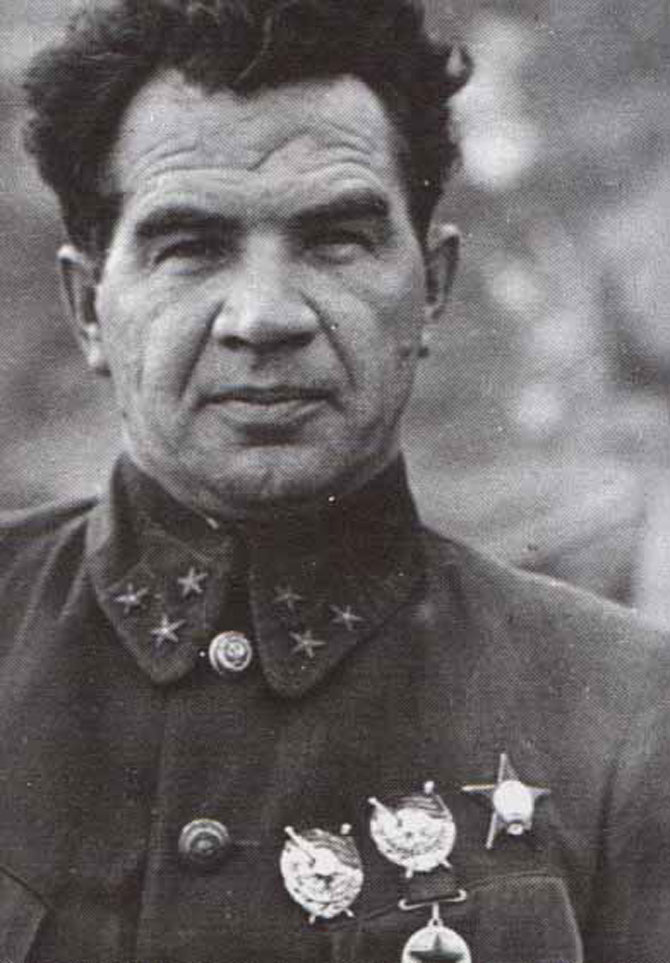
Wehrmacht soldiers in Stalingrad
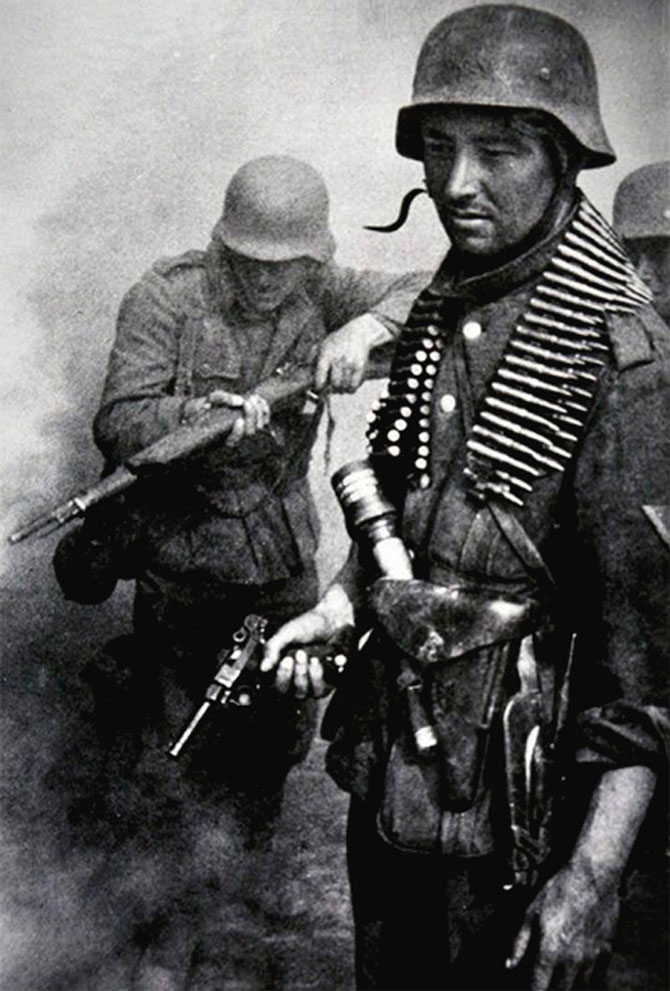

Wehrmacht soldiers eating roast chicken outside of Stalingrad, 1942
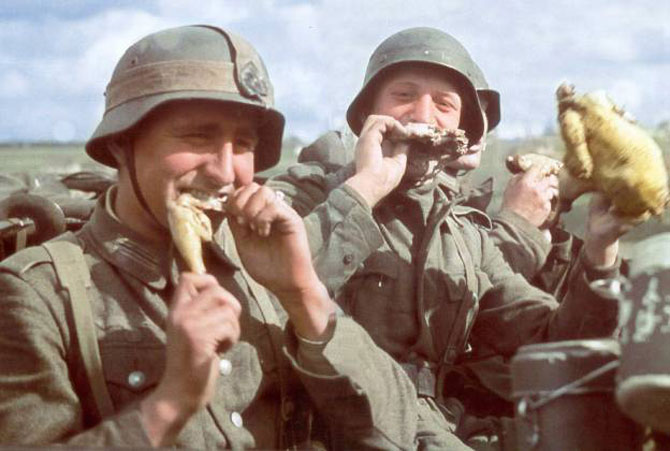
T-34 tank in Stalingrad
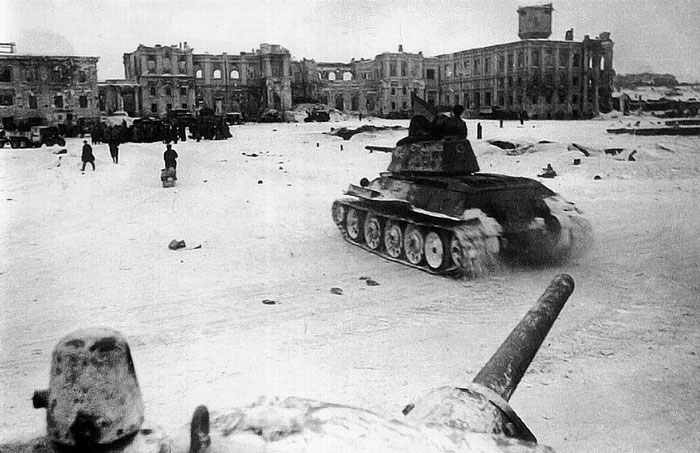
Stalingrad, 1943
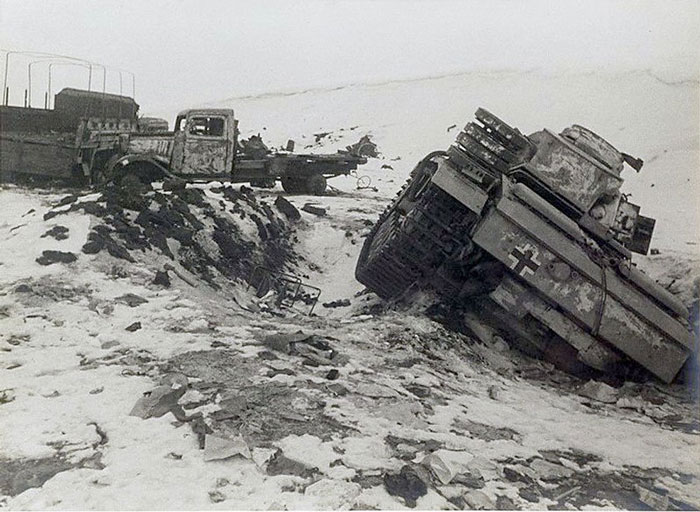
German POWs, Stalingrad
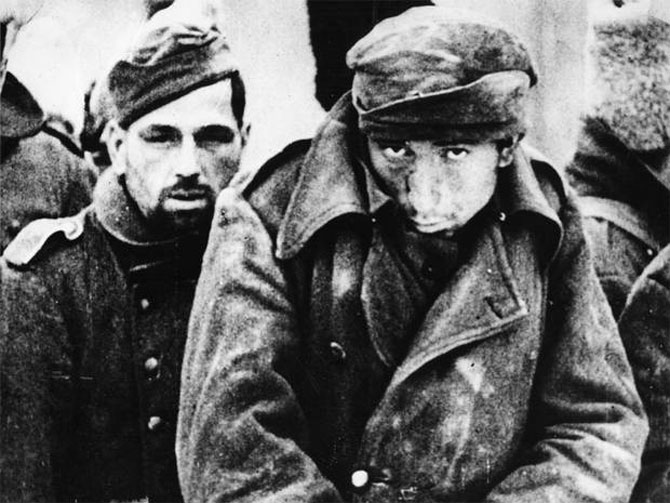
January 31, 1943, German Field Marshall – having been promoted that very same day – Friedrich Wilhelm Ernst Paulus surrenders to the Soviet army, with the remainder of the German 6th Army following him two days
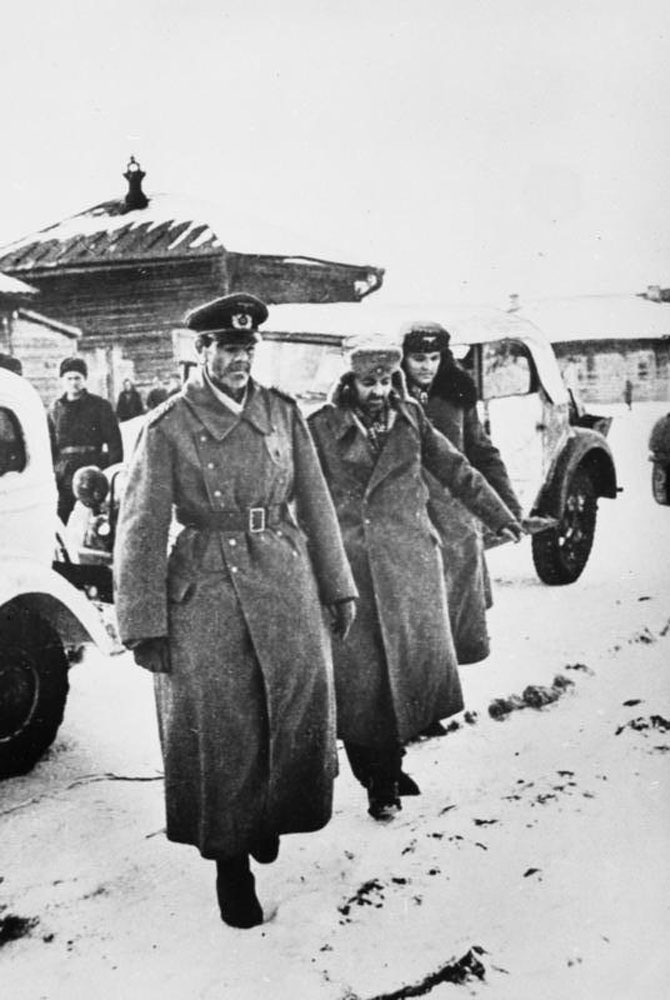
Gen. Paulus as a POW
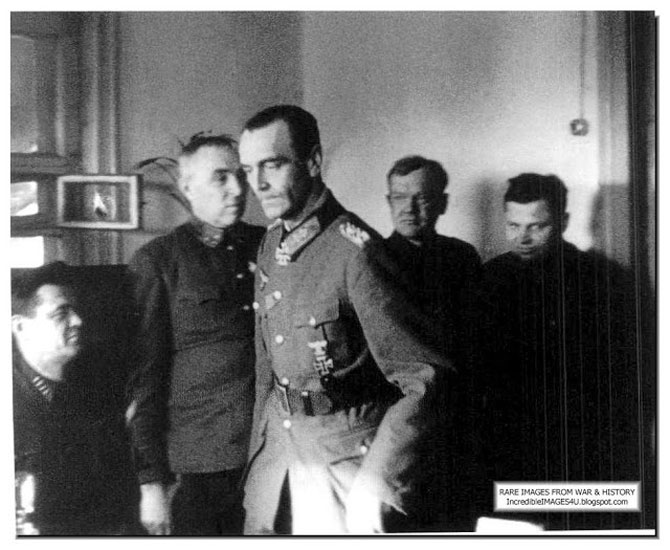
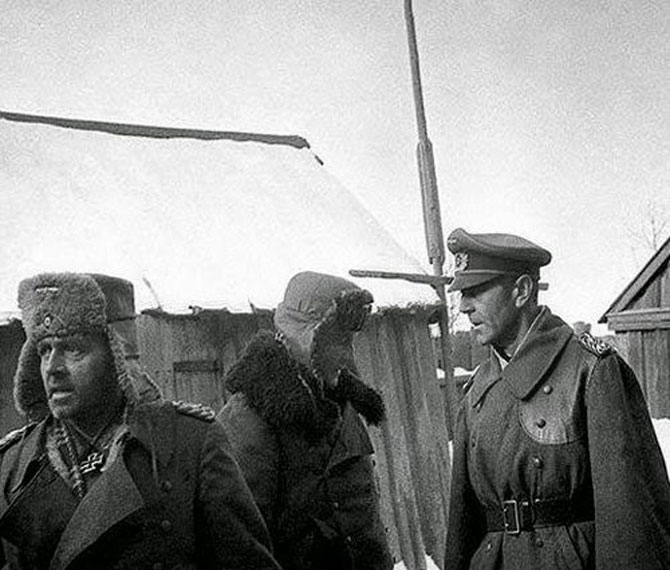
A Soviet soldier gives cigarettes to German POWs captured during the Battle of Stalingrad
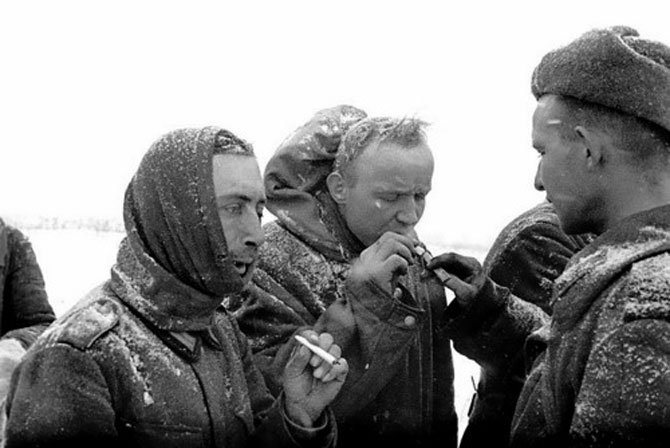
Dead German soldiers after the Battle of Stalingrad, 1943
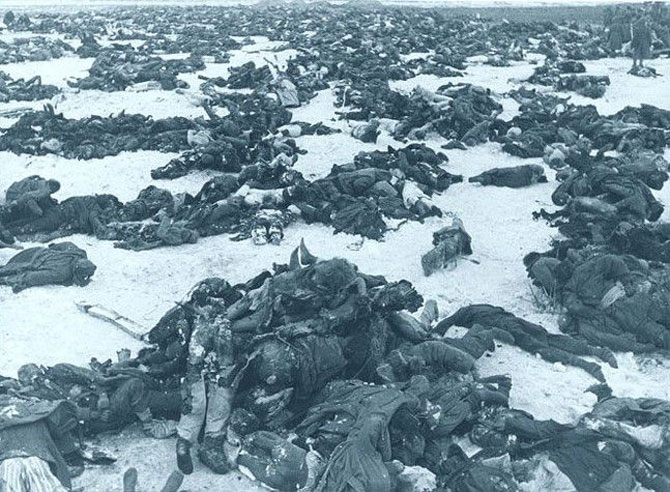
German Pows
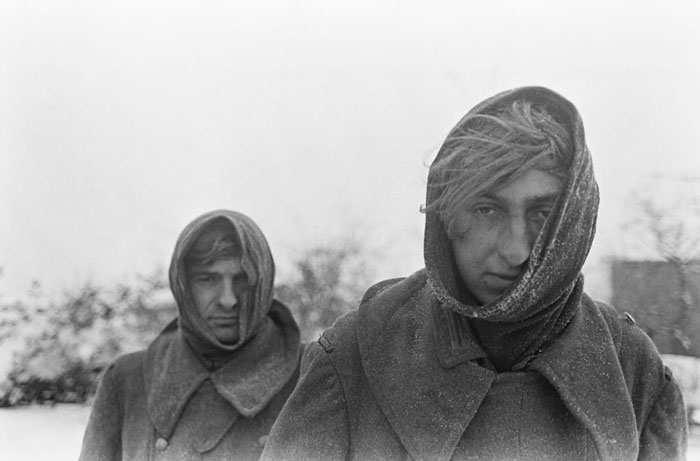
Piles of dead German bodies outside of Stalingrad, February 1943
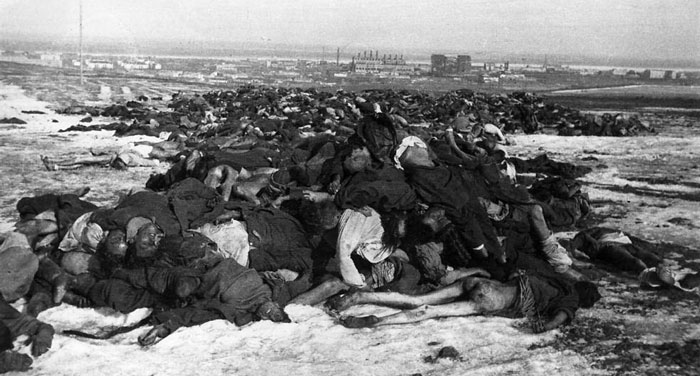
Frozen bodies of Germans, Stalingrad
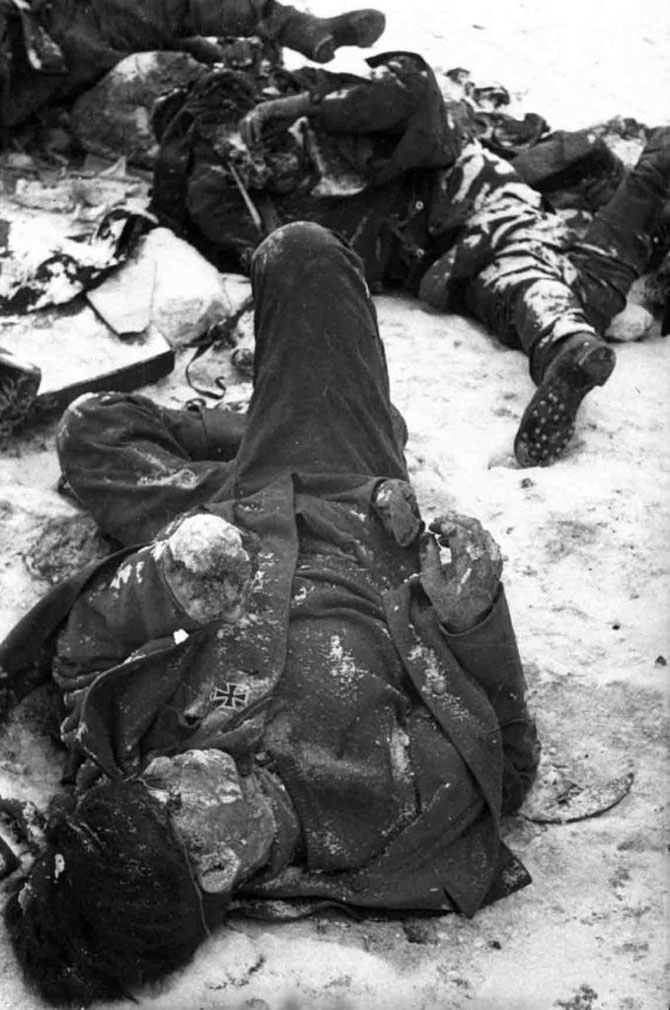
Two German soldiers froze to death in Stalingrad
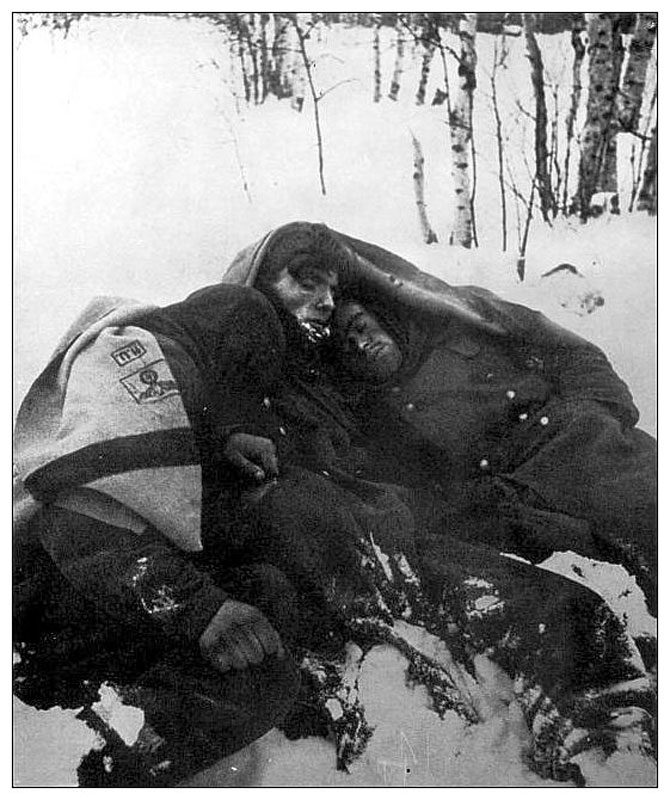
Russian Boys at Stalingrad with Machine Guns (February 1943)
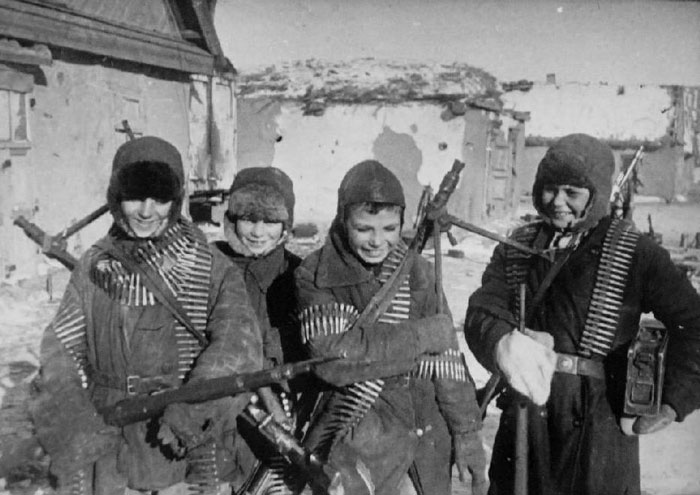
The “Sword of Stalingrad” is offered as a gift from the United Kingdom to the Soviet Union. It is a tribute to the Russian soldiers who fought, and were victorious, at the Battle of Stalingrad.
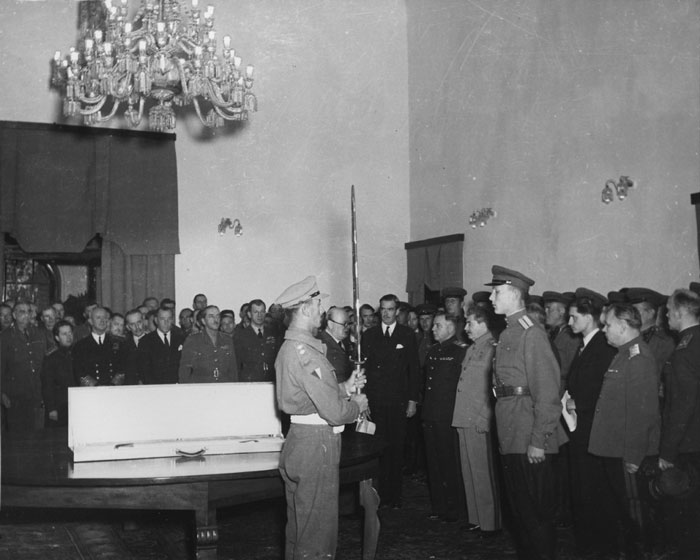
USSR, Stalingrad 1947 – Photographer Robert Capa
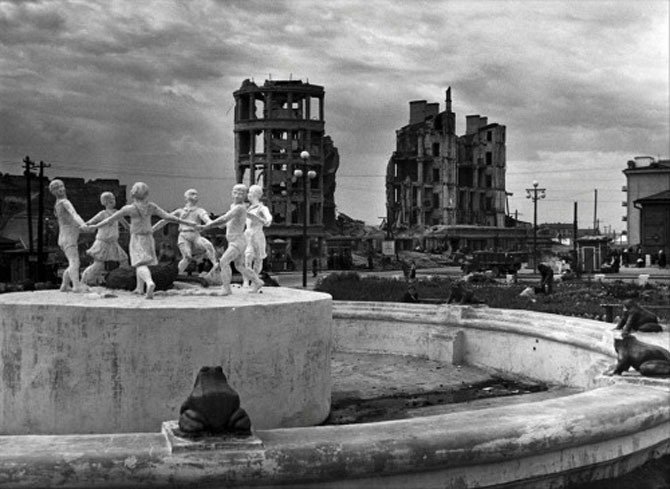
Youth in a Soviet athletic parade emulating the nearby recently rebuilt Barmaley Fountain in Stalingrad, 1945
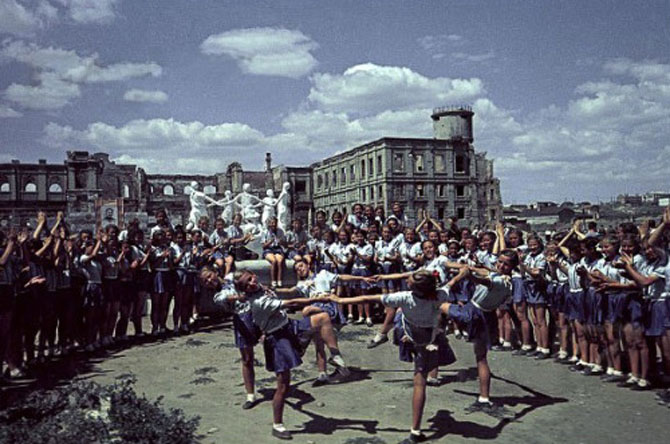
Stalingrad 1945. Celebration of Victory. Parade of athletes
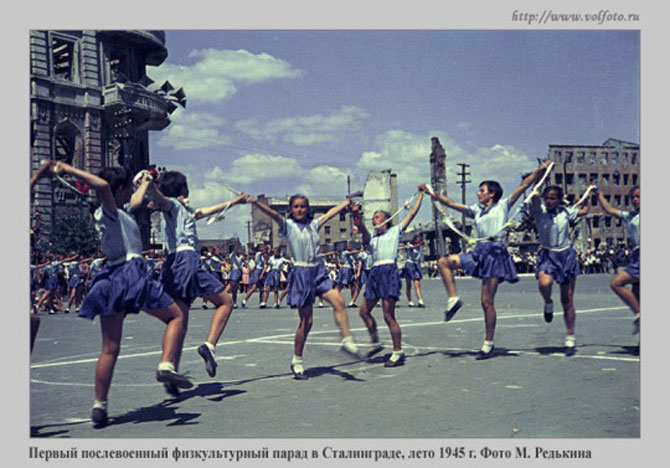
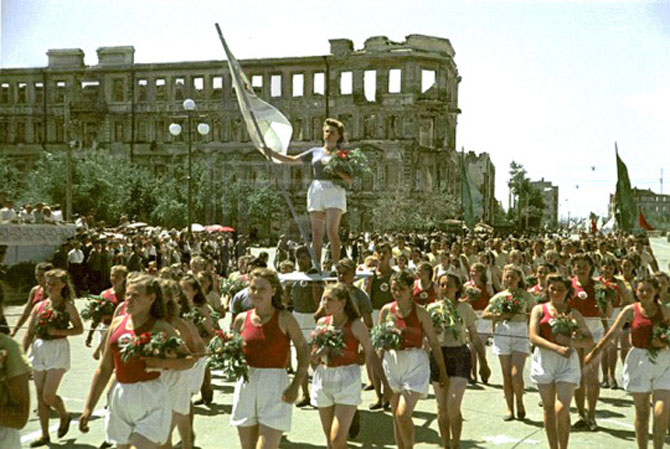
Center of Stalingrad after liberation, 2 February 1943
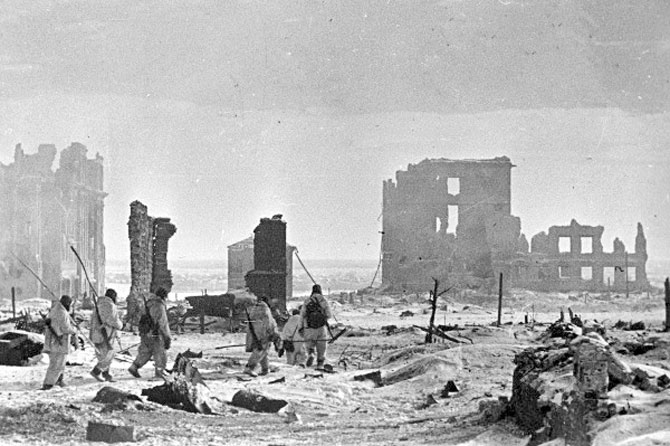
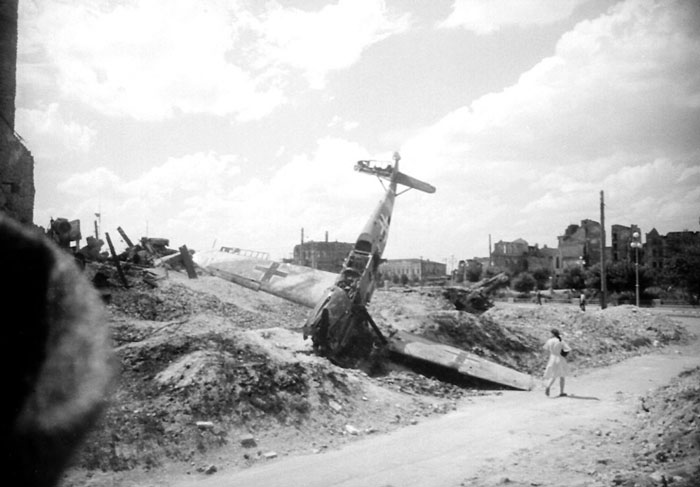
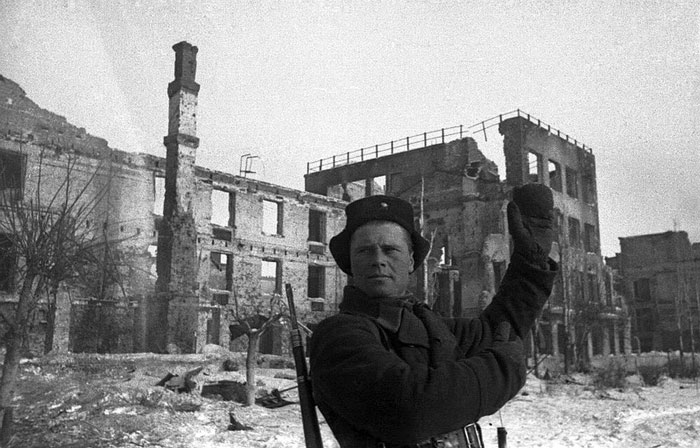
A few years later after the war: Stalingrad in 1950
